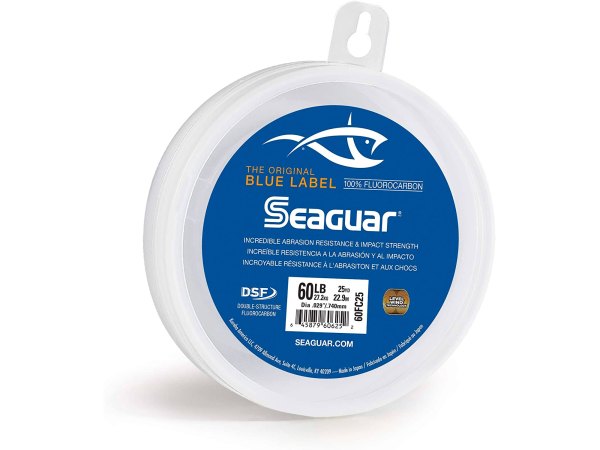We may earn revenue from the products available on this page and participate in affiliate programs. Learn More ›
For most angling situations, monofilament or braided line works fine. But there are plenty of scenarios where fluorocarbon works better. The material’s low visibility, abrasion resistance, high density, and stiffness make it the logical choice for light-tackle finesse fishing, such as chasing winter seatrout, or when nymphing for selective rainbows and browns in clear spring creeks. The demands of fishing around saltwater pilings, oyster beds, wrecks, or other structure make fluorocarbon well suited to clear nearshore environments. Here are a few other variables to consider before you drop your dough on fluoro.
Trusted Brand
Good for Freshwater u0026 Saltwater
Fluorocarbon is more expensive than mono, but often it is utilized as just the tippet or leader material by both fly and conventional anglers. You may only need to invest in a few mini spools in various test strengths to cover most scenarios. A 25- to 50-yard spool of flourocarbon will keep the average angler in leaders for at least a couple of seasons.
Editor’s Choice
Abrasion-Resistant
Because fluorocarbon is stiffer than mono, it typically has more memory and doesn’t cast as well as monofilament or braided line. However, that stiffness also belies an advantage. Fluorocarbon does not absorb water or stretch like monofilament, which means better communication between the angler and terminal tackle, perfect for those situations when sensitivity and hook-setting power are critical.
Excellent Value
Very Effective
Recent technological advances make it possible for anglers to now have a hybrid fluorcarbon option. This innovation wraps the suppleness of nylon inside a coating of fluorocarbon to produce a tough, low-visibility, and castable full-spool line.



